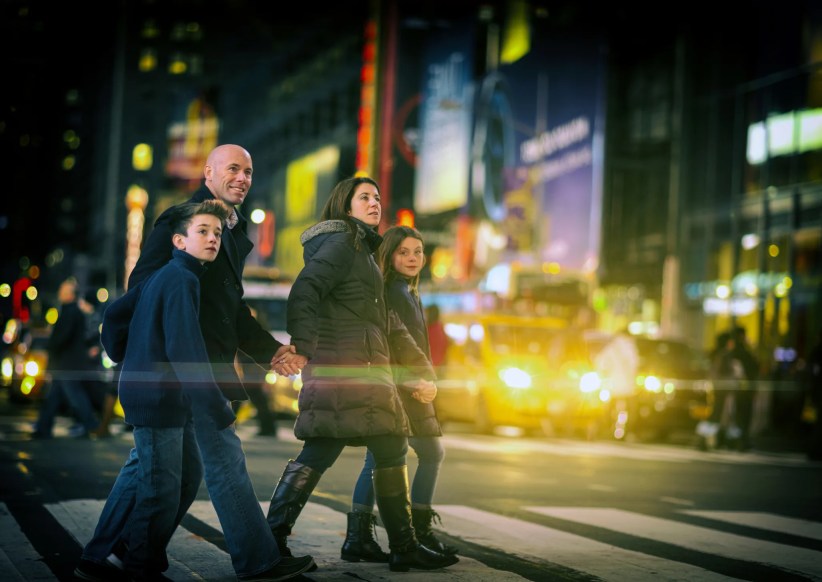By Larry Penner
Let us all celebrate the fourth anniversary of NICE bus, which occurred Jan. 1. Thousands of Queens residents travel via Nassau Inter County Express Bus to jobs, schools and other destinations in Nassau County. In addition, thousands of Nassau County residents ride NICE bus to jobs, schools and other destinations in Queens. Many transfer to the subway at the Flushing, Jamaica or Far Rockaway stations.
The viability of NICE benefits everyone. To understand the origins of how we got here, you must go back to the early 1970s. Prior to NICE, bus service in Nassau County was operated under the Long Island Bus and Metropolitan
Suburban Bus Authority. In 1973, Nassau County purchased equipment, routes and some facilities from numerous private bus operators, most of whom were experiencing serious financial difficulties. Nassau County followed up that same year by entering into a lease and operating agreement with the Metropolitan Transportation Authority to continue providing local bus service. This resulted in creation of the Metropolitan Suburban Bus Authority. Years later, the MSBA was followed by Long Island Bus and on Jan. 1, 2012, Nassau Inter County Express.
It is a four-way dance between fares paid by riders (know as farebox revenues) along with funding provided by Nassau County, New York State and the Federal government to finance public bus transportation operated by NICE. They operate a fleet of 308 buses out of the Rockville Center and Mitchell Field bus garages. NICE also operates a fleet of almost 122 Able Ride paratransit vehicles.
NICE attempts to schedule bus replacements on a 500,000-mile or 12-year cycle, whichever comes first. Bbuses operated by NICE under contract to Nassau County are now on their fourth replacement cycle, with most buses operated by NICE under 12 years old. This was not the case decades earlier.
Over time, there have been other capital investments, including compressed natural gas fueling stations, facility modifications to accommodate CNG buses inside garages, new fare-collection equipment, automatic vehicle-locator equipment, real-time communications systems to notify riders for anticipated arrival of the next bus, shelters, bus stop signs and other support equipment necessary to run the system. Just like a homeowner, what is new today requires constant maintenance, periodic upgrades and eventual replacement. In addition, significant changes in technology may require the replacement of outdated equipment.
Farebox recovery rate analysis is critical in determining the frequency and continuation of service on a route-by-route basis.
A rate of 50 percent is a good transit industry standard. There are bound to be routes with a handful of riders and a very low farebox recovery rate. In these cases, difficult decisions have to be made by management for preservation of the overall system benefiting the other 98 percent of daily riders. It is easy over time to add service, providing the financial support is available.
The riding public has a difficult time understanding why their route is subject to a reduction in frequency or elimination of all service because it has become a financial drain on the transit system. The costs of labor for drivers, along with fueling, washing, cleaning and maintenance of equipment are major factors in determining the price of service. You also have to add depreciation over time for the life of the bus. The average cost of providing service on any bus route is $100 or more per hour.
It has been 42 years since Nassau County took control of all bus routes from private operators. Over that time period, Nassau County, New York state and the federal governments have invested over $700 million in capital improvements. Operating subsidy dollars easily top over $1.5 billion.
NICE services continue to be one of the best bargains around. Since the 1950s, the average cost of riding a bus in Nassau County has gone up at a lower rate than either the consumer price index or inflation. The Metro Card introduced in 1996 affords a free transfer between NICE bus and the NYC Transit bus or subway. Many employers offer transit checks, which pay even more of the costs.
In the end, it all comes down to the availability of increased funding for additional transportation service to serve residents. Operating subsidies are required to increase the level of service and reduce the amount of time one waits for a bus on existing routes. The same goes for adding more off-peak, evening and weekend service, as well as for those routes currently under discussion for elimination when there are insufficient revenues to maintain existing service.
TANSTAFL—There ain’t no such thing as a free lunch, or in this case bus ride.
Larry Penner
Great Neck


































